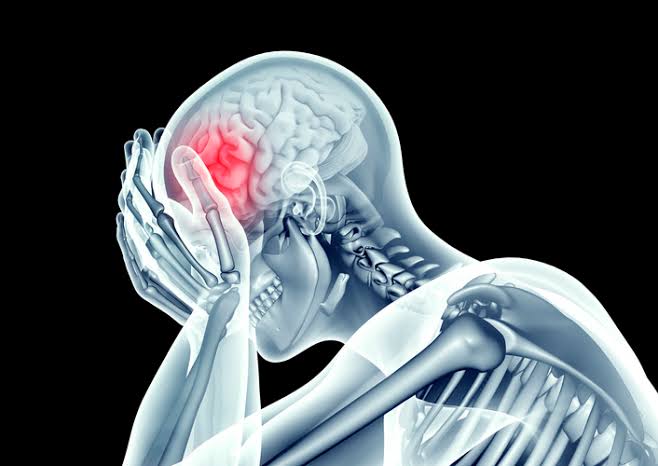Most people associate post-traumatic stress disorder (PTSD) with military personnel who have been in combat. But many different things can trigger a traumatic disorder. In fact, people have experienced PTSD symptoms resulting from separation, loss, and uncertainty associated with the COVID-19 pandemic. Also see how to stay away from narcissistic abuse.
In a given year, approximately 8 million adults will have PTSD. If you think you are one of these, you may be wondering what do to about it. Navigating solutions can seem overwhelming, and you may be at a loss for where to turn.
Fortunately, there are a variety of treatment options available to you, but diagnosis is the first step. To get a better idea of whether you may have PTSD, take a look at the information below.
1. Experiencing a Traumatic Event
According to the American Psychiatric Association, PTSD results when someone experiences or witnesses an event like a natural disaster, accident, war, or terrorist act. It also can develop when someone is threatened with or is a victim of sexual violence or a serious injury.
It is important to note that a traumatic disorder can result if the event was perceived to be life-threatening. Witnessing death, for instance, can initiate anxiety that the incident could happen again to the person who observed it.
2. Reliving the Trauma
A very common symptom of PTSD is experiencing the traumatic event again in one’s mind. This includes flashbacks, vivid dreams, or nightmares. These are intrusive events that go far beyond simple memories but experiences where you feel that you are reliving the event again.
Insomnia is a very common repercussion of this. If you are suffering from PTSD, your body and mind become aversed to situations, including sleep, that trigger these experiences.
3. Suppression of the Event
Those who develop PTSD will go to great lengths to avoid situations that trigger memories of the event. These will be unique to your traumatic event. It could be anything from social situations to images in movies or pictures that cause you to recall the trauma.
These inclinations can be so severe that people with PTSD change their entire schedules to avoid these circumstances.
4. Dramatic Mood Swings
The strain of PTSD can bring about waves of depression and anxiety. These can lead to a loss of interest in people or activities that you once valued. It also can result in feelings of worthlessness and despair.
Such emotions often come and go. So, you may find yourself feeling fine one day, then helpless the next.
5. Self-Destructive Behavior
It is very common for people with PTSD to “self-medicate” with drugs or alcohol to relieve the symptoms of the trauma. It is an avenue for avoidance or to dull the pain.
People who suffer from PTSD may be at a higher risk of suicide and reluctant to seek treatment. Fortunately, there are many different options for getting help beyond traditional mental health counseling. For instance, you can find intensive therapy retreats through this site.
Find Treatment for Traumatic Disorder
If you believe you have a traumatic disorder, the best thing you can do is seek help. Know that you are not alone and that your condition is treatable. Find a good friend or partner and share your thoughts and emotions with that person to keep yourself away from narcissistic abuse.
One easy way is to discuss it with your family physician. If that is not a viable option, find resources through online forums.
We hope this information on PTSD was helpful to you. Be sure to take a look at some of our other posts on everything from lifestyle to business, politics, and sports.














